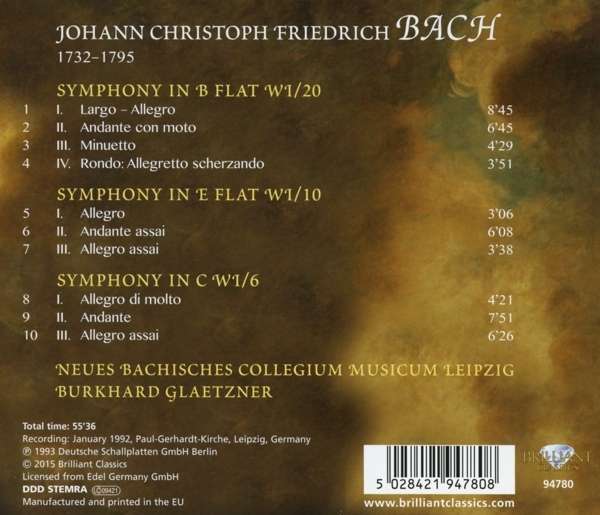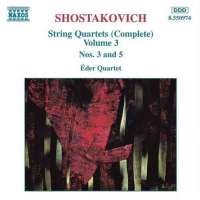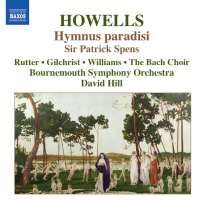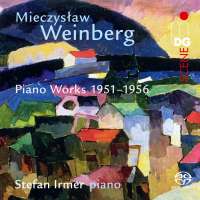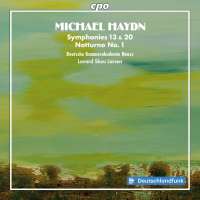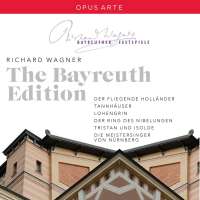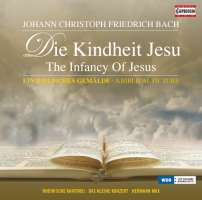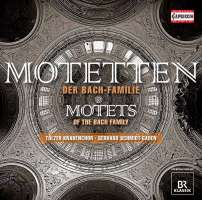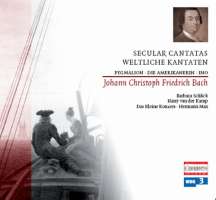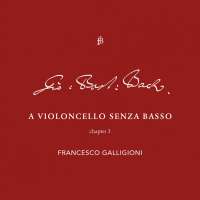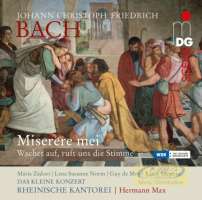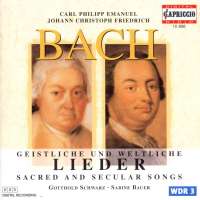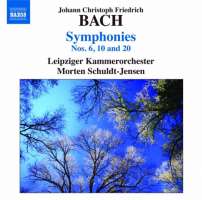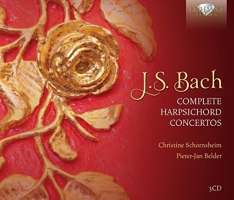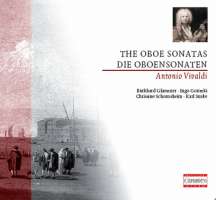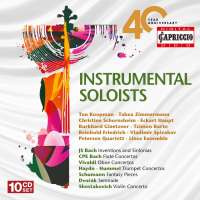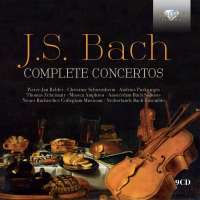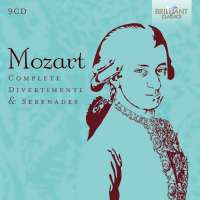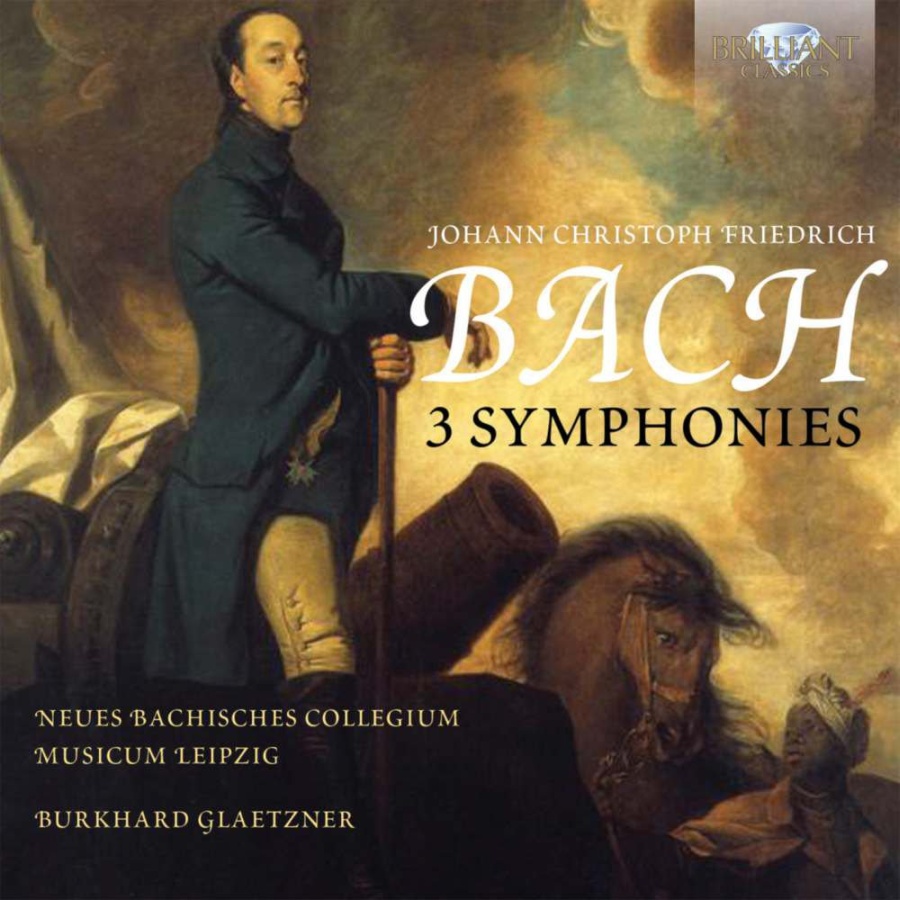
kompozytor
Bach, Johann Christoph Friedrich
tytuł
J.C.F. Bach: 3 Symphonies
wykonawcy
Neues Bachisches Collegium Musicum;
Glaetzner, Burkhard
Glaetzner, Burkhard
nr katalogowy
94780
opis
Among those of Johann Sebastian Bach’s sons who embarked on a musical career, Johann Christoph Friedrich Bach commanded the least attention, spending decades in relative obscurity at the court of Bückeburg, capital of the principality of Schaumburg-Lippe in Germany, where he played and composed chamber music for the pleasure of his sovereign and entourage. This is not to say that J.C.F. Bach's oeuvre is neither of historical interest nor aesthetic value, however; certainly it did not have a lasting effect on stylistic developments in the latter half of the 18th century, but it does reflect typical facets of that process, as demonstrated in the three symphonies included on this recording. WI/6 stems from the composer's early period, revealing the influence of the galant style whose slow movements (including this one) are notable for their poignant tenderness. Forward to WI/10, written around 1770–2, and we encounter a more sophisticated method of motivic treatment, with abrupt dynamic contrasts in the first movement and syncopated rhythms in the finale adding to the work's overall verve and momentum. On reaching Symphony WI/20, various stylistic novelties indicate Bach's assimilation of the prevailing Viennese style during his final years: a slow introduction, a four-movement pattern including a minuet, the large-scale design of the movements, the complete abandonment of the basso continuo, and the use of additional instruments i.e. bassoon and clarinets, all of which contribute to a work that is far more multidimensional and expressive by comparison, and which also reveals the particular influence of Haydn.
• Bach, J C F: Symphony in B flat major, HW. I/20
• Bach, J C F: Symphony in C major, HW. I/6
• Bach, J C F: Symphony in E flat major, HW. I/10
Works:
• Bach, J C F: Symphony in B flat major, HW. I/20
• Bach, J C F: Symphony in C major, HW. I/6
• Bach, J C F: Symphony in E flat major, HW. I/10
nośnik
CD
gatunek
Muzyka klasyczna
producent
Brilliant Classics
data wydania
13-11-2019
EAN / kod kreskowy
5028421947808

(Produkt nie został jeszcze oceniony)
cena 55,00 zł
lubProdukt na zamówienie
Wysyłka ustalana indywidualnie.
Darmowa wysyłka dla zamówień powyżej 300 zł!
Darmowy kurier dla zamówień powyżej 500 zł!
sprawdź koszty wysyłki